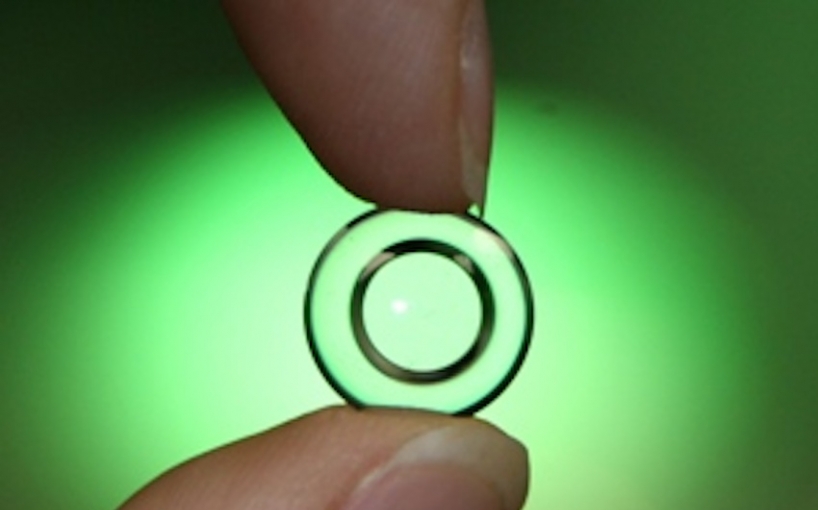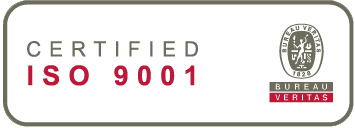Orthokeratology: non-surgical procedure that eliminates the need for glassesRead 43,535

Orthokeratology, or ortho-k, is the use of specially designed and fitted contact lenses to temporarily reshape the cornea to improve vision. It’s like orthodontics for your eyes and the treatment is often compared to dental braces. Most ortho-k lenses are worn at night to reshape the front surface of the eye while you sleep. Vision improvements are reversible but can be maintained if you keep wearing the lenses as directed.
What Is Orthokeratology?
This is a revolutionary non-surgical procedure that eliminates the need for glasses of daytime contact lenses. It improves vision by gently reshaping your eyes WHILE YOU SLEEP using specially designed therapeutic contact lenses. You just put the specially fitted lenses in at bedtime, and when you awake, you will have clear, sharp, natural vision for your waking hours.
This safe and effective treatment can correct near-sightedness (including high prescriptions), farsightedness, astigmatism and presbyopia (blurred near vision). It is a great alternative to LASIK for those who don’t want the risk or are not ready for surgery.
Who is ortho-k for?
Ortho-k is mainly used to correct near-sightedness (myopia). This vision problem can also usually be corrected by eye glasses, regular contact lenses, LASIK or PRK. Orthokeratology is a surgery-free way for some people to leave their glasses behind and not have to wear contact lenses all the time.
Ortho-k is sometimes recommended to correct children’s vision. Vision can continue to change for some children into adulthood and their 20’s. Vision correction surgeries like LASIK are not recommended until vision is stable. There is no firm evidence that ortho-k can slow down the progression of myopia in children, but this is also being studied as a possibility.
How does ortho-k work?

The cornea is a clear, dome-shaped window in the front of your eye that focuses light onto the retina and is responsible for most of the eye’s ability to focus. Its tissue is very flexible.
Your ophthalmologist will map and measure the surface of your cornea using an instrument called a corneal topographer and then design a lens especially for your eye. The cornea map is created by reflecting light off the surface of the eye. The machine doesn’t touch your eye, and there is no pain. The corneal topography map shows your ophthalmologist the shape and curves of your cornea.
The lenses work by flattening the center of the cornea, changing how light is bent as it enters the eye. Most orthokeratology lenses are worn overnight to flatten the cornea, then removed during the day. These overnight lenses are rigid, gas-permeable lenses that are sturdy enough to reshape the cornea, but also allow oxygen through so your eye stays healthy.
What can you expect from ortho-k?
It can take two weeks or longer to attain the maximum vision correction from orthokeratology, although some people experience significant vision improvement in days. In clinical studies of Food and Drug Administration-approved ortho-k lenses, most patients achieved 20/40 vision or better.
You may need a series of temporary ortho-k lenses to see properly until you reach the desired prescription. Typically, up to three pairs of orthokeratology lenses are used, one after the other, to achieve the best vision correction. Once you’ve reached the desired prescription, you’ll use the same shape of lens each night to maintain the correction.
Is orthokeratology safe?
Ortho-k is associated with an increased risk of infection (microbial/bacterial keratitis). This risk is especially concerning for children and adolescents, who may be less able than adults to maintain good hand and contact lens hygiene.
Each year, nearly a million Americans go to the doctor because of eye infections. And the biggest risk factor for infections is contact lens wear. Eye infections can have serious consequences including lifelong vision impairment. For this reason, ortho-k may be more dangerous than glasses, which can be used to correct the same conditions. That’s one of the reasons it is important to consult with an ophthalmologist if you are considering ortho-k.
There is no limit to how long you can use orthokeratology lenses. You must see your ophthalmologist for regular check-ups. But if your eyes stay healthy and comfortable, ortho-k could be used for years.
Credit content: American Academy of Ophthalmology (AAO)
Credit picture:
https://firsteyecareirving.com/eye-care-services/orthokeratology/
https://www.bostonmagazine.com/health/2013/10/23/nighttime-contact-lenses/
Each year, nearly a million Americans go to the doctor because of eye infections. And the biggest risk factor for infections is contact lens wear. Eye infections can have serious consequences including lifelong vision impairment. For this reason, ortho-k may be more dangerous than glasses, which can be used to correct the same conditions. That’s one of the reasons it is important to consult with an ophthalmologist if you are considering ortho-k.
There is no limit to how long you can use orthokeratology lenses. You must see your ophthalmologist for regular check-ups. But if your eyes stay healthy and comfortable, ortho-k could be used for years.
Credit content: American Academy of Ophthalmology (AAO)
Credit picture:
https://firsteyecareirving.com/eye-care-services/orthokeratology/
https://www.bostonmagazine.com/health/2013/10/23/nighttime-contact-lenses/





